Although a large number of fish species grow successfully in ponds, only a restricted number of species are usually cultivated on commercial scale. Reasons for this restricted choice is obvious. Commercial pond culture basically aims at achieving maximum possible rate of fish production and profit through optimum utilization of the natural food and the supplementary feed which drastically limits the choice of fish species for pond cultivation. Some of the basic criteria for selection are discussed below.
Adaptability to undrainable pond environment
Faster growth rate
Efficient utilizers of natural food resources of the pond
Efficient converter of artificial feed
Hardy and not easily susceptible to disease
Easy to breed and rear the seed
Prolonged breeding period or multiple breeding frequency
Non-predaceous, planktophagous and preferably herbivorous and detritus feeder
Compatability with other cultivable species of fish
Palatable with high nutritive value
High market demand and high price.
To find all these qualities in one fish species would be very unlikely. Therefore, the species having maximum required traits are considered to be desirable for cultivation in undrainable ponds. Carps fit well to these criteria and hence the most widely cultivated food fishes in South Asia are the quick-growing, non-predatory carps.
There are two major systems of carp culture in Asia: the Chinese polyculture system where Chinese carps are cultured together, and the Indian composite fish culture system where the Indian major carps and Chinese carps are combined. In China, Chinese carps such as silver carp (Hypophthalmichthys molitrix), grass carp (Ctenopharyngodon idella), bighead carp (Aristichthys nobilis), mud carp (Cirrhinus molitorella), black carp (Mylopharyngodon piceus), and common carp (Cyprinus carpio) are cultured under polyculture system in ponds. Under the Indian system of composite fish culture in undrainable ponds, three Indian carps, viz. catla (Catla catla), rohu (Labeo rohita) and mrigal (Cirrhinus mrigala), two Chinese carps, viz. silver carp (Hypophthalmichthys molitrix) and grass carp (Ctenopharyngodon idella), and common carp (Cyprinus carpio) are extensively cultivated.
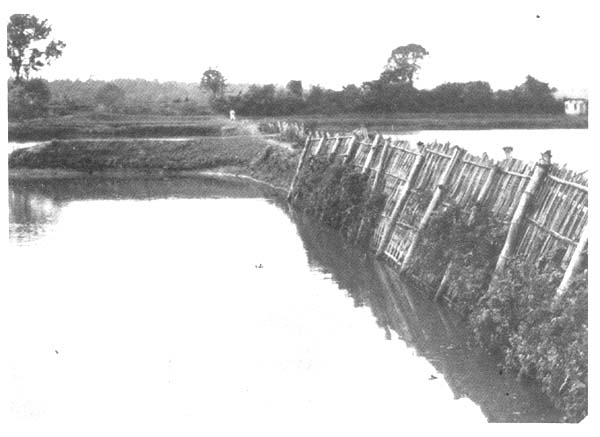
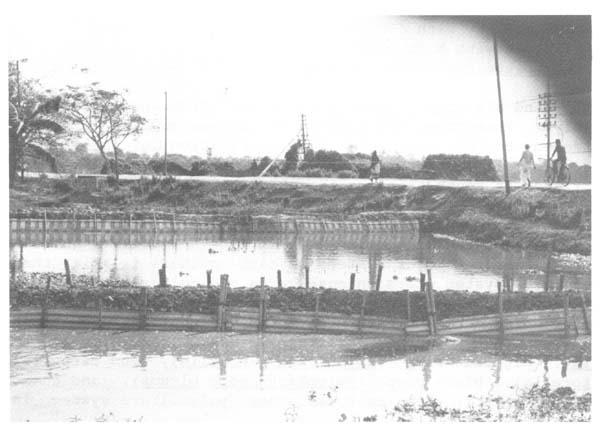
Figure 18. Anti-erosion Meaasures
Catla is the fastest growing Indian major carp species and widely distributed throughout India, Nepal, Pakistan, Burma and Bangladesh (Fig. 19). It inhabits the surface layer of water and feeds upon plankton. Adult stages are predominantly zooplankton feeder, occasionally taking in decaying macrovegetation, phytoplankton and smaller molluscs. It attains maturity in the second year of life and carry over 70 000 eggs per kg body weight (Jhingran, 1966). It naturally breeds in rivers during monsoon season and under control conditions in bundhs as well. It does not breed in ponds. However, it responds well to hypophysation techniques. Seeds are easily reared in undrainable ponds of relatively smaller size. Under composite fish culture in ponds it usually grows to over 1 kg in one year.
Rohu is the natural inhabitant of river systems of India, Nepal, Pakistan, Bangladesh and Burma (Fig. 20). In recent years it has been transplanted to many countries of the world including Sri Lanka, Mauritius, USSR, Japan, Philippines, Laos, Malaysia and Thailand. Normally it occupies the column region of the aquatic ecosystem and feeds mostly on vegetable matter including higher plants, detritus, etc. Like catla it naturally breeds in rivers and under special conditions in bundhs. Except by hypophysation to which it responds quickly, it never breeds in ponds. It attains sexual maturity during the second year. However, certain percentages of pond-reared specimens mature within one year. Fecundity varies from 226 000 to about 2 800 000 depending upon the size (Khan and Jhingran, 1975). Rohu spawns during the monsoon (April—September). Seeds collected from rivers or produced by bundh breeding or induced breeding are reared with ease in seasonal or perennial undrainable ponds. Under pond culture conditions it grows upto 900 g within one year.
Mrigal inhabits all the major river systems of India, Pakistan, Bangladesh and Burma (Fig. 21). The adult fish feeds upon filamentous green algae, diatoms, pieces of higher plants, decayed vegetable, mud and detritus. It is basically a bottom feeder and hence suitable for cultivation with column and surface feeder carps in ponds. Mrigal usually attains maturity within 1 or 2 years depending upon the agroclimatic conditions of the location. Fecundity ranges between 124 000 to over 1 900 000 depending upon size. Spawning season is linked with the onset and duration of the southwest monsoon. It does not breed in ponds, but can be easily bred in bundhs and by hypophysation. It is now being induced to breed twice within the same spawning season. Rearing of seed is usually undertaken in seasonal or perennial undrainable ponds. Under pond culture conditions it grows to over 1 kg in one year.

Figure 19. Catla (Catla catla)
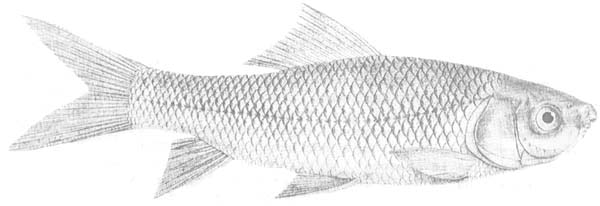
Figure 20. Rohu (Labeo rohita)
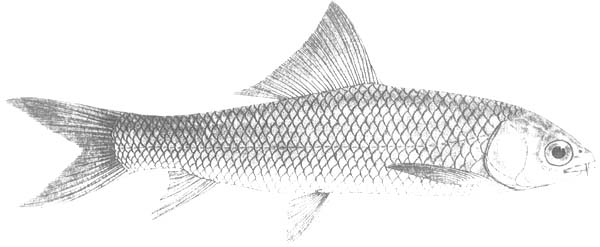
Figure 21. Mrigal (Cirrhinus mriqala)
Silver carp is basically inhabitant of major river systems of South and Central China and in the Amur Basin of USSR from where it has been transplanted throughout the Indo-Pacific region including India. It is a surface dweller feeding mainly upon zooplankton during its early stages and gradually becomes predominantly a phytoplankton feeder. Its relatively longer branchiospines provide a fine filter capable of retaining planktonic organisms. It readily accepts supplementary feed like oil cakes and rice bran mixture in pond culture systems. It does not breed in pond condition. However, through the technique of hypophysation they are induced to breed in ponds during the monsoon season (Section 8.1 of this manual). Fecundity varies greatly with the size and agroclimatic condition. A fecundity range of 145 000 to 2 044 000 has been found from silver carp (Alikunhi, Sukumaran and Parameswaran, 1963). It takes about 2–6 years to mature in China, whereas in India it matures very early, within 2 years. Males mature earlier than the females. In composite fish culture ponds it usually attains over 1.5 kg within one year of rearing. Seed rearing is done in smaller seasonal or perennial undrainable ponds with a high rate of survival (Fig. 22).
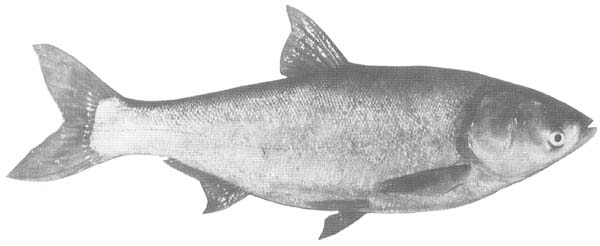
Figure 22. Silver Carp (Hypophthalmichthys molitrix)
Grass carp is a native of the river systems of South-Central and North China, and the Amur river of USSR. Its suitability in aquaculture and biological control of aquatic weed infestation has resulted in wide-scale transplantation throughout the world. In early life it feeds on planktonic organisms and gradually switches over to macrophytes. They are voracious eaters and show distinct preference for vegetable food materials such as grass, leaves, weeds, etc. However, they also accept supplementary artificial feed materials. Usually only a portion of ingested food is digested and the rest is voided in semidigested or undigested form which, in turn, becomes choice food for the bottom dweller common carp (Alikunhi, Sukumaran and Parameswaran, 1963). In China it takes about 3–4 years to achieve maturity whereas in India it usually takes 2 years. The total number of eggs range between 308 800 and 618 100 from the fishes weighing between 4.7 kg to 7.0 kg. The fish does not breed under pond condition and hence seed production is achieved through hypophysation. Growth mainly depends on the rate of feeding. Under optimum feeding rate it can grow over 5 kg in one year (Sinha and Gupta, 1975). Usually it grows to over 1.5 kg in composite fish culture ponds (Fig. 23).
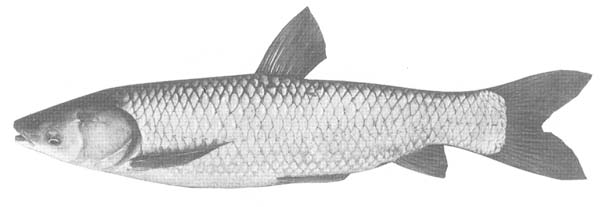
Figure 23 . Grass carp (Ctenopharyngodon idella)
Originally a native of temperate region of Asia, especially China, the common carp is now the most domesticated and cultivated carp species throughout the world (Fig.24). It is an omnivorous bottom dweller subsisting mainly on benthic fauna and decaying vegetable matter. It frequently burrows the pond bottom in search of food. This habit of digging the pond bottom helps in maintaining the productivity of undrainable ponds and hence culture of common carp with other carp species is of great advantage. Moreover, it also feeds directly on the undigested excreta of grass carp. Growth mainly depends upon the bottom biota, stocking density and the rate of supplementary feed. In composite fish culture ponds it grows to about 1 kg within one year. In a tropical climate it spawns throughout the year in the pond environment with two peak periods, one from January to March and the other during July and August. Eggs are small and adhesive in nature. In tropical conditions it attains maturity within 12 months (Alikunhi, 1966).

Figure 24. Common carp (Cyprinus carpio)